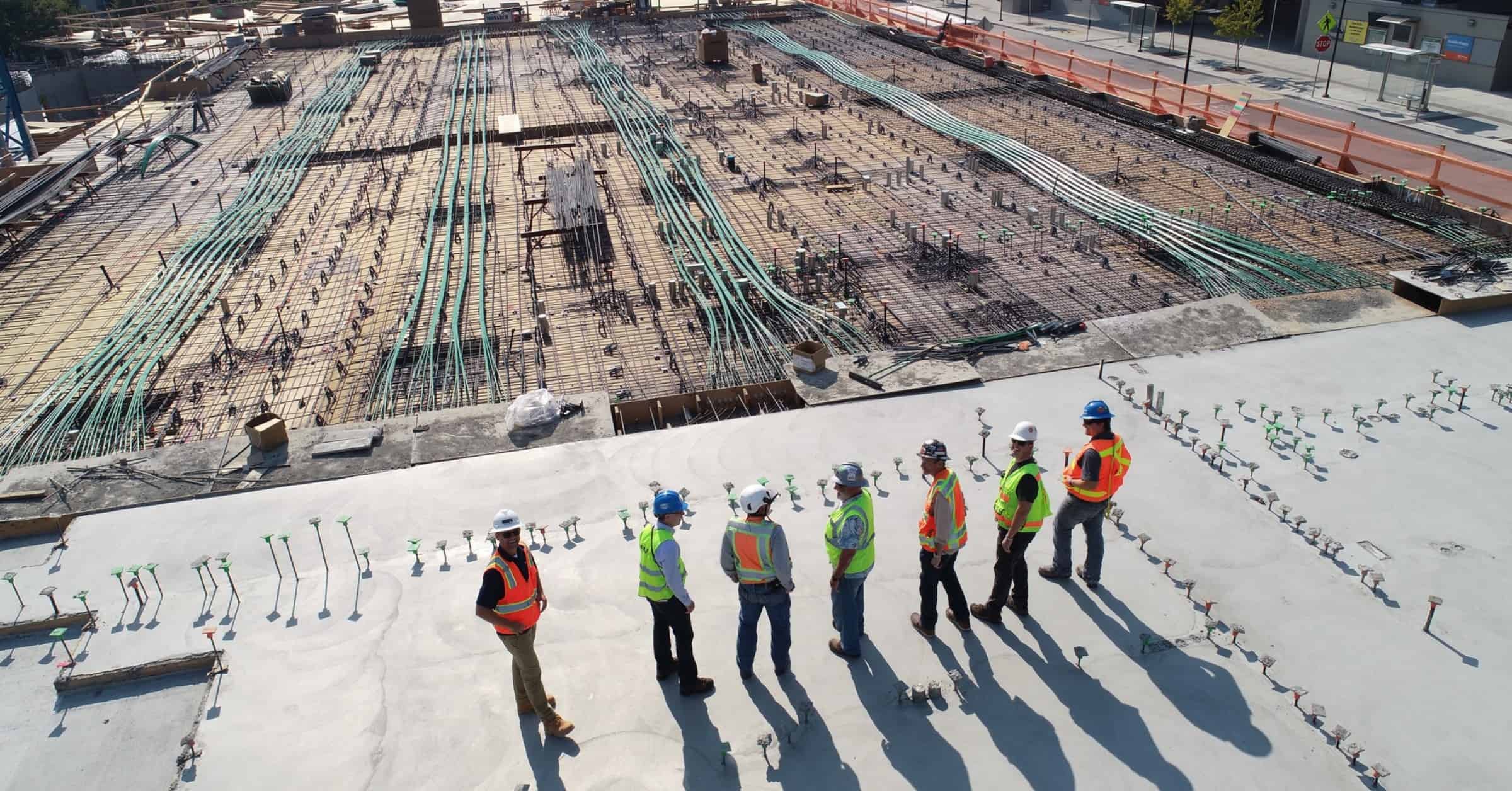Estimating the cost and duration of a project is critical to its success. By comparing them to previously available data, project managers can estimate project costs. Analogous estimating is one estimation technique that can help you navigate a project smoothly. In this article, we will define analogous estimating, discuss its applications, pros and cons, and provide examples.
What is analogous estimating?
Analogous estimation is a technique in which the project manager examines a previous project’s variables and uses that information to determine the length and cost of the current project. Because the project manager bases their estimate on the comparison, the more data they have at their disposal, the more accurate their assessment. This estimation technique is simple to grasp and apply. When project managers have few details about their current project, they frequently use it.
Analogous estimating is a top-down estimation method, which means that you get an estimate of the total project cost first, then break it down into many smaller project elements. It can be used to estimate the cost and duration of an entire project or just individual tasks for which you have limited data.
You can classify analogous estimation into four general categories:
- Absolute-value or single point estimate
- Ratio estimate
- An estimated range
- A three-point estimate
When is analogous estimating used?
Here are a few uses of analogous estimation, so you can understand when and how to choose this method :
In the initial stages of the project
Analogous estimation is one of the most effective methods for assigning an initial value to a project and its components. At this stage of the project, you can use analogous estimation to determine whether the project is viable or whether to make a bid on it. You can fine-tune your estimates as the project progresses.
When you have limited estimation resources
If you have little to no previous data to make an exact comparison but need to create an estimate to decide whether to pursue a project, you might use analogous estimating.
When little project detail is available
If you don’t have many details or don’t have access to the current project’s information, use analogous estimation to calculate the cost and duration.
When you need only a rough estimate
When a company bids on a project, all they need is a rough estimate of its cost and duration. A similar estimation could be the most resourceful option.
When you need expert judgment
If a project manager has the experience and knowledge to make an analogous estimation based on their involvement in similar previous projects, they may use comparison.
Advantages of analogous estimating
- It saves you time. The time of top- and middle-level management is valuable, and this estimation tool can quickly provide them with a basic estimate using the fewest parameters.
- It helps you save money. If cost is a consideration, analogous estimating is a good choice because it requires little documentation and few processes.
- While analogous estimating is most useful during the early stages of project planning, you can use it to fine-tune your estimation at any time during the project.
- It is useful when there is a lack of historical data for a project.
- It requires few resources and is simple to carry out.
Disadvantages of analogous estimating
- Analogous estimating is less accurate than other project estimation techniques because it operates at a basic level.
- When project managers use analogous estimation, they assume that various factors from a similar previous project will remain the same for the current project. Because variables like resources and inflation rates change on a regular basis, the figures managers use in their estimation may be inaccurate.
- Analogous estimation is more appropriate for the project’s initial planning stages than for the project’s execution stages.
What is the difference between analogous and parametric estimating?
Parametric estimating is another, more accurate method of estimating a project’s variables and parameters. A statistical approach to project cost and duration analysis that employs an algorithm or a formula is known as metric estimation. It takes the relationship between variables and converts it to a unit cost. The estimation of metrics is based on historical data from:
- Within the organization from past projects
- Similar projects from similar organizations
- Industry publications
Project managers can adjust the parametric variables to adapt to the current project in the same way that analogous estimations can.
When comparing the two popular methodologies, analogous estimation:
- Because it does not require detailed statistical analysis, it is less time-consuming and less expensive.
- Is best suited at the beginning of a project, when project managers have less data available.
- Is comparatively less accurate
- Expert judgement is required to make assumptions based on limited historical data.
- Parametric estimation, on the other hand, necessitates significantly less documentation.
- Because it involves formulas and algorithms, it is more expensive and time-consuming.
- Requires detailed data
- Is a more precise method of project estimation
- It is dependent on thorough calculations based on statistical models.
- A multivariate analysis is required.
Example of analogous estimating
Tina has recently been promoted to project manager at an advertising agency and must present the cost and duration of an upcoming project to a client. While she has never worked on a project like this before, the agency has completed similar campaigns in the past. She assesses the project’s requirements using analogous estimation based on previous data. She modifies some variables to account for project differences and incorporates the resulting data into her presentation.
Read also: Parametric Estimation in Project Management









